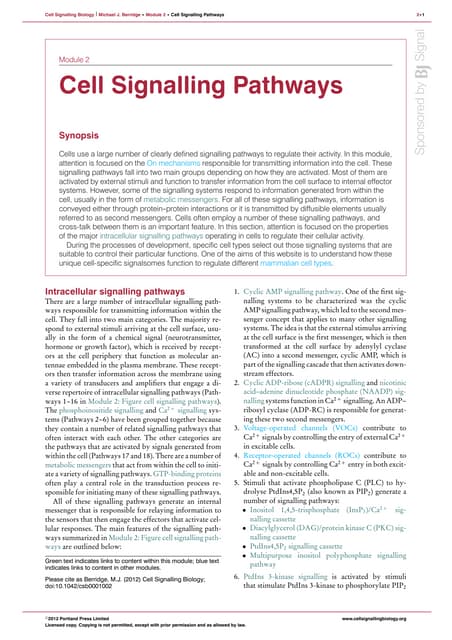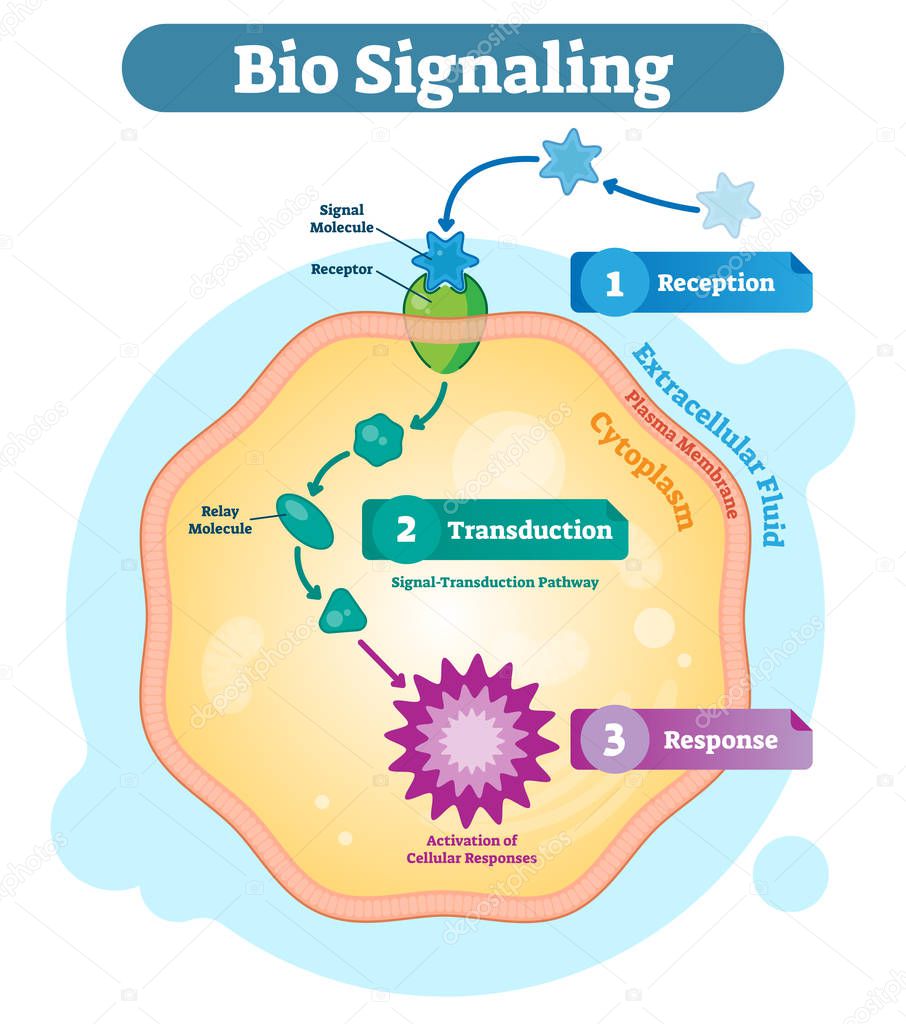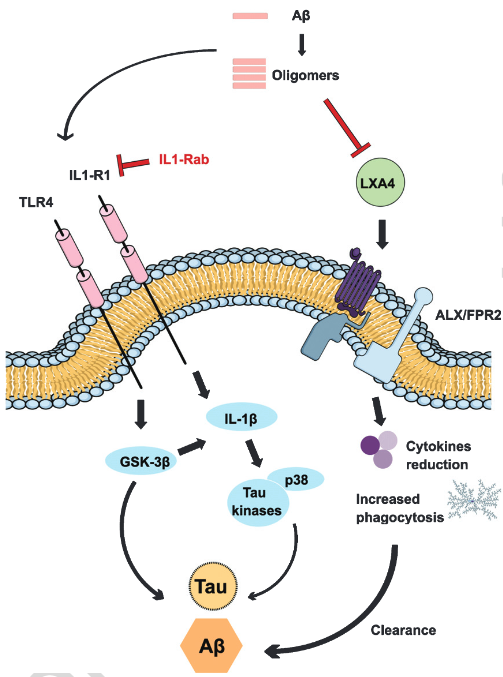Cell Signaling Pathway Diagram Biology Diagrams The regulation of the cell cycle is a network of checkpoints and signaling pathways that ensure orderly progression through the phases of cell division. This regulatory system is crucial for maintaining cellular homeostasis and preventing unchecked cell proliferation. The cell division signaling pathways are the archetypical checkpoints, defined as signaling pathways that ensure a dependency for the execution of later cell-cycle events on the successful completion of preceding events (Hartwell and Weinert 1989). Two major transitions are required for cell division: the G2/M transition and the metaphase

Such networking may occur within similar classes of signaling pathways, such as between the Ras and Rho pathways (see Bar-Sagi and Hall 2000 [this issue of Cell]), and between different pathways, such as the Gsα/cAMP and MAP kinase pathways (Wu et al. 1993; Chen and Iyengar 1994). There are two general classes of interconnections: junctions

How Do Cells Know When and Why to Divide? Biology Diagrams
Wnt signalling is an essential player in tissue formation, notably in the regulation of stem cell function. Wnt signalling is best known for its roles in G1/S progression. However, a complex Wnt programme that also mediates mitotic progression and asymmetric cell division (ACD) is emerging. Recent developments in this area have provided mechanistic insights as well as tools to engineer or

Abstract. Cell division requires careful orchestration of three major events: entry into mitosis, chromosomal segregation, and cytokinesis. Signaling within and between the molecules that control these events allows for their coordination via checkpoints, a specific class of signaling pathways that ensure the dependency of cell-cycle events on the successful completion of preceding events.

Signaling Pathways that Regulate Cell Division Biology Diagrams
Cell division requires careful orchestration of three major events: entry into mitosis, chromosomal segregation, and cytokinesis. Signaling within and between the molecules that control these events allows for their coordination via checkpoints, a specific class of signaling pathways that ensure the dependency of cell-cycle events on the successful completion of preceding events. The interplay between phosphorylation and dephosphorylation is critical for modulating cellular processes such as cell cycle progression, apoptosis, and differentiation. For instance, the phosphorylation of proteins within the mitogen-activated protein kinase (MAPK) pathway is crucial for regulating cell division and response to stress.
